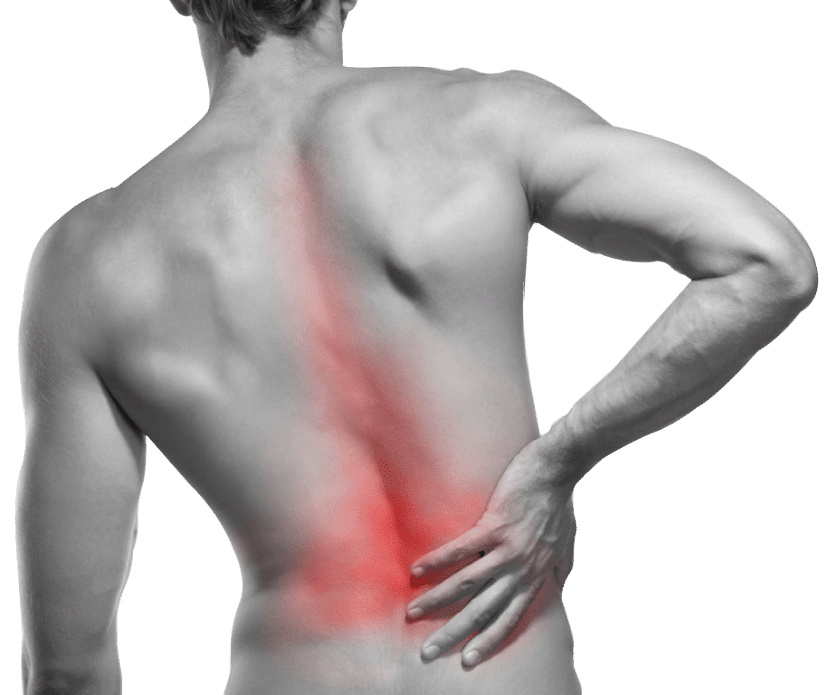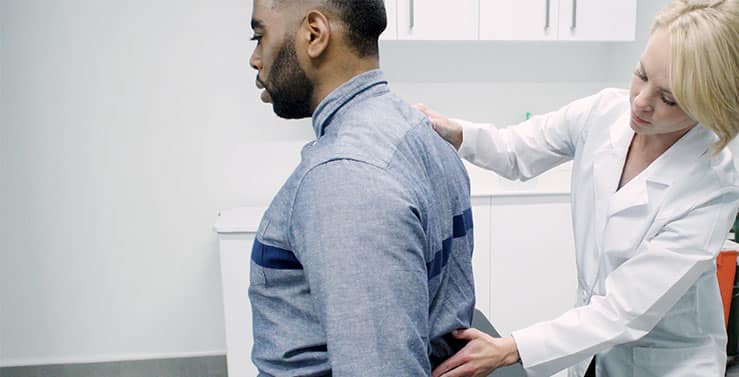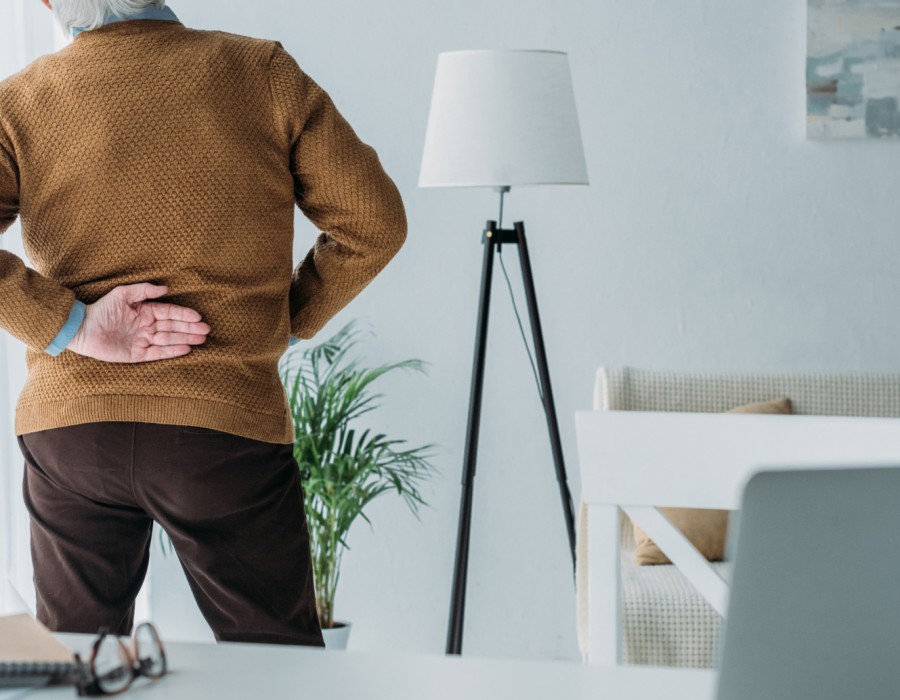An irregular curvature of the spine is called scoliosis. The form of the spine is "S" or "C" rather than straight. People of any age can develop scoliosis, which typically manifests during the growth spurt preceding puberty. Scoliosis severity is expressed in degrees; a curve with 10 to 25 degrees is considered mild, 25 to 40 degrees is considered moderate, and 40 degrees or more is considered severe.
Treatment for mild scoliosis is frequently not necessary. However, if left untreated, moderate to severe scoliosis can lead to discomfort, deformity, and other issues.
How Can Scoliosis Be Identified?
Imaging testing, medical history review, and physical examinations are used to diagnose scoliosis. The subsequent steps are commonly involved in the diagnostic process:
Medical history and physical examination: Before beginning any physical examination, the back doctor nj will ask the patient about any pertinent medical histories, such as any family members who may have had scoliosis or other related diseases.

Imaging testing: To confirm the diagnosis and determine the degree of curvature, a doctor may prescribe additional imaging tests if a physical examination raises suspicions about scoliosis.
- X-rays give the doctor precise spine images, enabling them to gauge the curvature's degree and pattern.
- The CT scan is another imaging test that can give precise pictures of the spine. This can be useful if the doctor has to examine your spine more closely or rule out other diseases.
- MRI (Magnetic Resonance Imaging) scan: If there are indications of an underlying reason, such as a tumor or spinal cord abnormalities, an MRI may be accomplished to estimate the spinal cord and nerves.
How Is a Scoliosis Case Treated?
Scoliosis treatment necessitates a systematic approach, beginning with the appropriate course of action at the proper moment. The objective of conservative therapy, which typically entails bracing or exercises, is to create a functional spine that supports lifelong physical and mental health. Massage therapy is an excellent choice for temperate and mild chronic back pain treatment and as a supplement to other cures.

It's critical to realize that there is no complete treatment for scoliosis. It is very uncommon to restore a complete zero-degree curvature.
Among them are:
- Severity, location, and cause of the curve
- Mature stage with potential for further growth
- Physical appearance: The person's perceptions and emotions around their scoliosis
Does a Scoliosis Cause Back Pain?
The good news is having scoliosis means you are no more likely to get back pain than someone without scoliosis. The bad news is if you do have pain from scoliosis, it will often get worse with age without the right advice and treatment.
There is also proof that scoliosis rigor can often grow with age. In specialists' experience, prevention is better than cure for scoliosis. Even if you have no pain, you notice some of the early signs described above. Back pain specialists Woodland says that once the back pain starts triggering, it is essential to get treated quickly to avoid any further.
Treatment Options for Scoliosis:
Non-Surgical Options:
Exercises and physiotherapy: Essential exercises to enhance posture and develop core muscles.
Pain management techniques are methods for reducing discomfort and enhancing life.
Bracing for Adult Scoliosis: Brace types and their function in treating adult scoliosis.
Options for Surgical Treatment:
An overview of spinal fusion surgery and its possible advantages is provided. Our back pain treatment center helps patients with all types of back pain, including low back pain, arthritis, discogenic pain, facet arthropathy, and more.





Comments